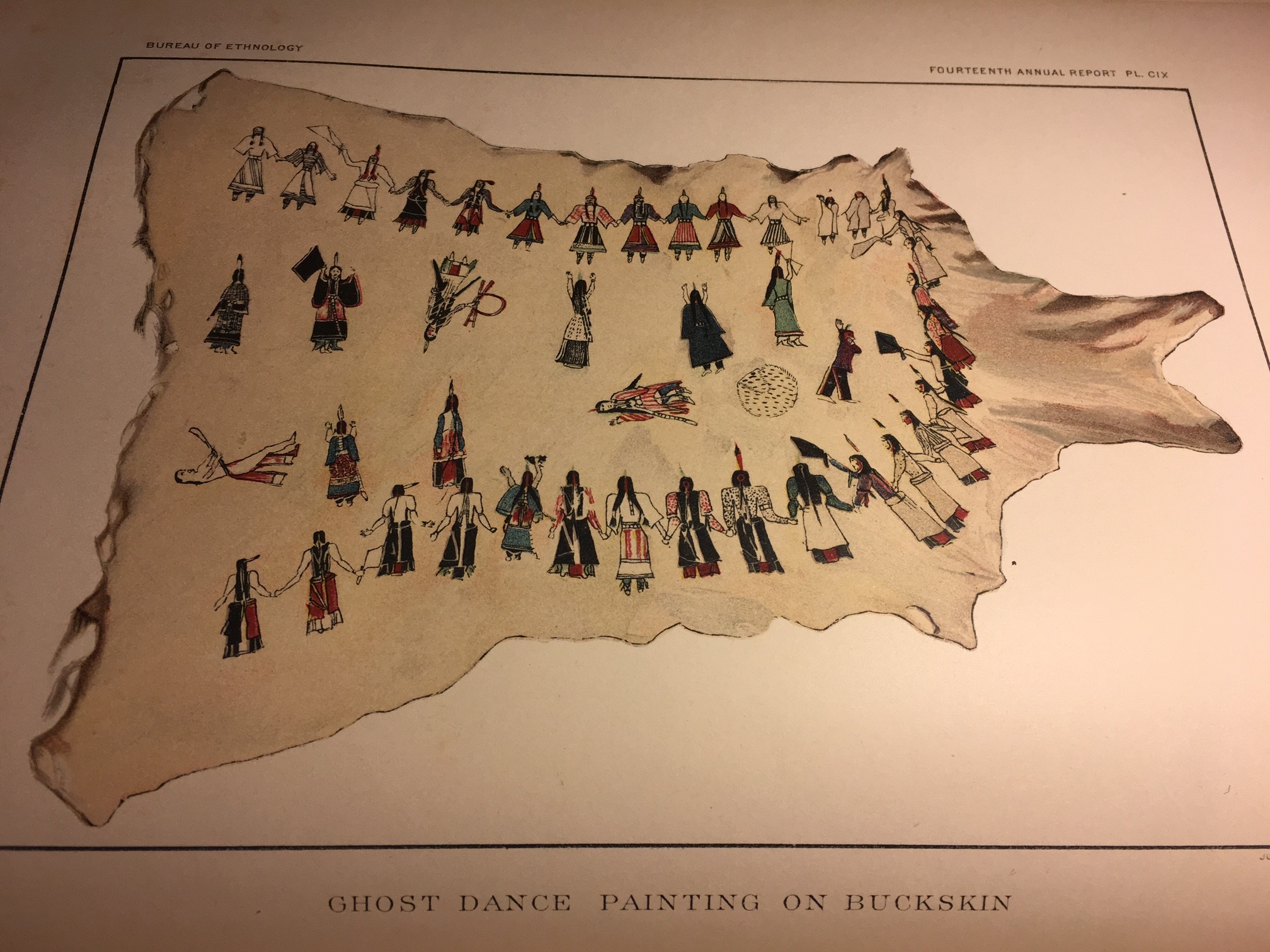
At the University of Colorado Boulder's Norlin Library you can peruse a sheepskin-covered copy of congressional reports from the 1800s or read an 1893 account of the Native American Ghost Dance peace ritual, that was once deemed a threat and outlawed.
The library was recently designated as the nation’s first government document preservation steward. It has a mandate to conserve legislative history produced by the huge U.S. Government Publishing Office. The library’s collection stretches from the 1800s to the present and includes moments from the Sand Creek Massacre to the 9/11 Commission hearings. It is free and open to the public.
CU University Libraries assistant professor Kate Tallman is the acting head of the government information library. She says people ranging from academics and attorneys to fiction writers and middle school students use the library for research.
Tallman says many of the documents contain beautiful illustrations, particularly older reports like an 1893 ethnographic report. There are also interesting descriptions and correspondence, for example a letter from President Theodore Roosevelt concerning food safety.
Colorado Matters host Nathan Heffel speaks with Kate Tallman.
Related:









